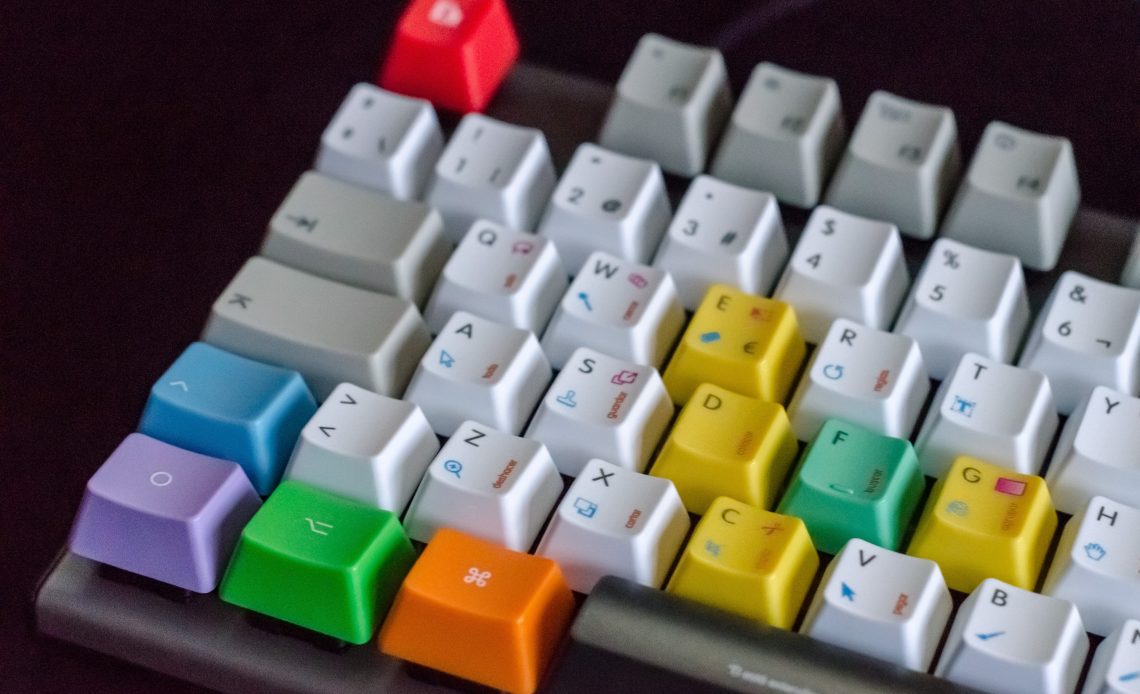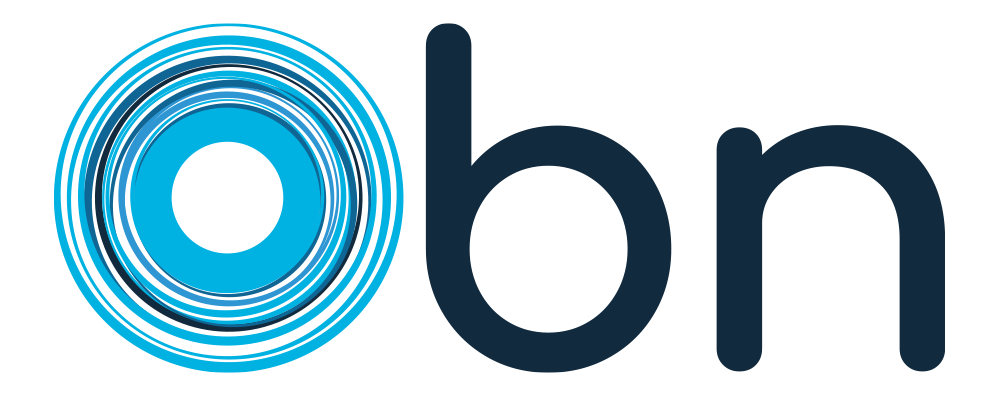
“This article was written by George Dyson and originally published on edge.org , on 01/01/2019.”
All revolutions come to an end, whether they succeed or fail.
The digital revolution began when stored-program computers broke the distinction between numbers that mean things and numbers that do things. Numbers that do things now rule the world. But who rules over the machines?
Once it was simple: programmers wrote the instructions that were supplied to the machines. Since the machines were controlled by these instructions, those who wrote the instructions controlled the machines.
All revolutions come to an end, whether they succeed or fail.
Two things then happened. As computers proliferated, the humans providing instructions could no longer keep up with the insatiable appetite of the machines. Codes became self-replicating, and machines began supplying instructions to other machines. Vast fortunes were made by those who had a hand in this. A small number of people and companies who helped spawn self-replicating codes became some of the richest and most powerful individuals and organizations in the world.
Then something changed. There is now more code than ever, but it is increasingly difficult to find anyone who has their hands on the wheel. Individual agency is on the wane. Most of us, most of the time, are following instructions delivered to us by computers rather than the other way around. The digital revolution has come full circle and the next revolution, an analog revolution, has begun. None dare speak its name.
Childhood’s End was Arthur C. Clarke’s masterpiece, published in 1953, chronicling the arrival of benevolent Overlords who bring many of the same conveniences now delivered by the Keepers of the Internet to Earth. It does not end well.
To those seeking true intelligence, autonomy, and control among machines, the domain of analog computing, not digital computing, is the place to look.
Two things then happened. As computers proliferated, the humans providing instructions could no longer keep up with the insatiable appetite of the machines. Codes became self-replicating, and machines began supplying instructions to other machines. Vast fortunes were made by those who had a hand in this. A small number of people and companies who helped spawn self-replicating codes became some of the richest and most powerful individuals and organizations in the world.
Then something changed. There is now more code than ever, but it is increasingly difficult to find anyone who has their hands on the wheel. Individual agency is on the wane. Most of us, most of the time, are following instructions delivered to us by computers rather than the other way around. The digital revolution has come full circle and the next revolution, an analog revolution, has begun. None dare speak its name.
Childhood’s End was Arthur C. Clarke’s masterpiece, published in 1953, chronicling the arrival of benevolent Overlords who bring many of the same conveniences now delivered by the Keepers of the Internet to Earth. It does not end well.
To those seeking true intelligence, autonomy, and control among machines, the domain of analog computing, not digital computing, is the place to look.
The digital revolution progressed through five stages: the repurposing of war-surplus analog vacuum tube components into the first generation of fully-electronic stored-program computers; the era of large central mainframes; the era of the microprocessor and personal computer; the advent of the Internet; and finally the era of fully-metazoan codes that populate the mobile landscape of today. The next revolution is the assembly of digital components into analog computers, similar to the way analog components were assembled into digital computers in the aftermath of World War II.
Nature uses digital coding for the storage, replication, recombination, and error correction of sequences of nucleotides, but relies on analog coding and analog computing for intelligence and control. No programming, no code. To those seeking true intelligence, autonomy, and control among machines, the domain of analog computing, not digital computing, is the place to look.
Digital computers deal with integers, binary sequences, deterministic logic, algorithms, and time that is idealized into discrete increments. Analog computers deal with real numbers, non-deterministic logic, and continuous functions, including time as it exists as a continuum in the real world. In analog computing, complexity resides in topology, not code. Information is processed as continuous functions of values such as voltage and relative pulse frequency rather than by logical operations on discrete strings of bits. Digital computing, intolerant of error or ambiguity, depends upon precise definitions and error correction at every step. Analog computing not only tolerates errors and ambiguities, but thrives on them. Digital computers, in a technical sense, are analog computers, so hardened against noise that they have lost their immunity to it. Analog computers embrace noise; a real-world neural network needing a certain level of noise to work.
Electronics underwent two fundamental transitions over the past 100 years: from analog to digital and from vacuum tubes to solid state. That these transitions occurred together does not imply a necessary link. Just as digital computation was first implemented using vacuum tube components, analog computation can be implemented in solid state. Analog computation is alive and well despite vacuum tubes being commercially extinct.
The genius — sometimes deliberate, sometimes accidental — of the enterprises now on such a steep ascent is that they have found their way through the looking-glass and emerged as something else. Their models are no longer models.
The spectacular success of digital computers in modeling real-world phenomena, encoded as algorithms with the results used as output to control something in the real world, has outshadowed very different ways that digital computers, and networks of digital computers, can be used. Algorithms and digital simulations have become so embedded in our culture and world view that we find it almost impossible to recognize that other forms of computation, without algorithms or digital models, effectively control much of the world.
We assume that a search engine company builds a model of human knowledge and allows us to query that model, or that some other company (or maybe it’s the same company) builds a model of road traffic and allows us to access that model, or that yet another company builds a model of the social graph and allows us to join that model — for a price we are not quite told. This fits our preconceptions that an army of programmers is still in control somewhere but it is no longer the way the world now works.
The genius — sometimes deliberate, sometimes accidental — of the enterprises now on such a steep ascent is that they have found their way through the looking-glass and emerged as something else. Their models are no longer models. The search engine is no longer a model of human knowledge, it is human knowledge. What began as a mapping of human meaning now defines human meaning, and has begun to control, rather than simply catalog or index, human thought. No one is at the controls. If enough drivers subscribe to a real-time map, traffic is controlled, with no central model except the traffic itself. The successful social network is no longer a model of the social graph, it is the social graph. This is why it is a winner-take-all game. Governments, with an allegiance to antiquated models and control systems, are being left behind.
Nature’s answer to those who sought to control nature through programmable machines is to allow us to build machines whose nature is beyond programmable control.
These new hybrid organizations, although built upon digital computers, are operating as analog computers on a vast, global scale, processing information as continuous functions and treating streams of bits the way vacuum tubes treat streams of electrons, or the way neurons treat information in a brain. Large hybrid analog/digital computer networks, in the form of economies, have existed for a long time, but for most of history the information circulated at the speed of gold and silver and only recently at the speed of light.
We imagine that individuals, or individual algorithms, are still behind the curtain somewhere, in control. We are fooling ourselves. The new gatekeepers, by controlling the flow of information, rule a growing sector of the world.
What deserves our full attention is not the success of a few companies that have harnessed the powers of hybrid analog/digital computing, but what is happening as these powers escape into the wild and consume the rest of the world.
The next revolution will be the ascent of analog systems over which the dominion of digital programming comes to an end. Nature’s answer to those who sought to control nature through programmable machines is to allow us to build machines whose nature is beyond programmable control.
George Dyson
Bellingham, Washington
January 1, 2019

